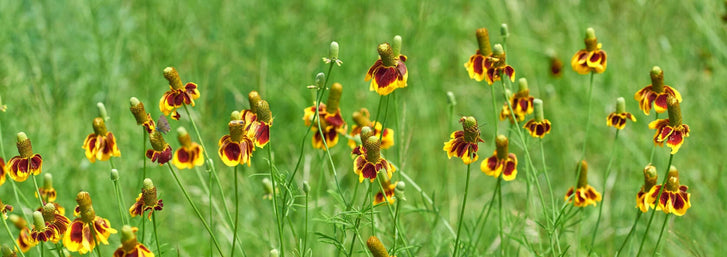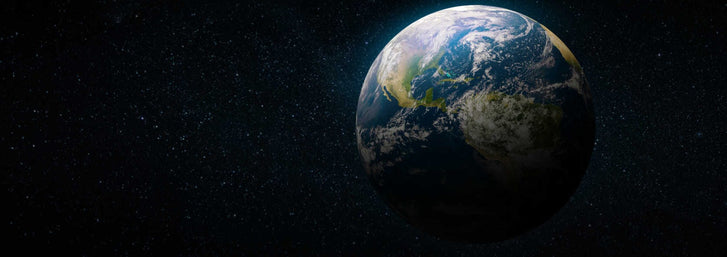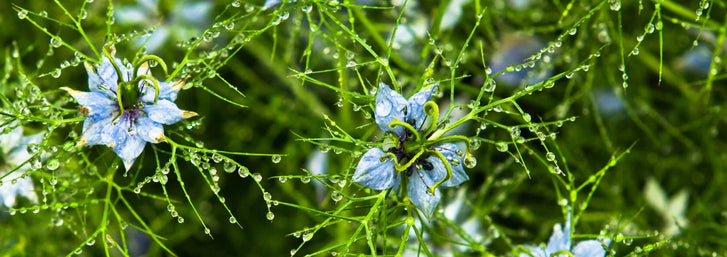
Jordan Freytag

Written by Kaitlin Miller – Winner of the 2016 Demetrios Agathangelides Scholarship!
When it comes to pesticides, many farmers try to limit its use as it tends to accumulate in the soil and plant tissue with the possibility of becoming harmful to consumers. In addition, farmers are better able to market their crop when pesticide use is close to none. One way of combating pest invasion is predator introduction to a certain cropping system. When predator population is low in an area under attack by pest species, natural predators may be introduced to the area as a method of biological control.
These natural enemies are genetically predisposed to control pest populations and may aid the farmer in overall pest control. As a result, biocontrol may be used as an alternative method for pesticide use as it is an overall better method. Biocontrol is the action of introducing natural enemies of a pest into a cropping system in order to manage the pest population (Cornell University, 2015).
In the late 1800’s, biological control was first experimented with by Arthur Koebele. At the time, the cottony cushion scale, also known as Icerya purchasi, was a major pest to the Californian citrus industry (Hoddle, 2015). Foreign exploration by Koebele resulted in the finding of natural predators of the cottony cushion scale in Australia- from there, natural enemies of the pest were imported to the United States as a means of controlling the pest populations. In this first experiment with biological control methods, the combined impact of the two natural enemies of the cottony cushion scale drove its population densities to nearly undetectable levels and saved the citrus industry from collapse and overall failure (Hoddle, 2015).
Biological control methods are still practiced today due to their high success rates seen in the past. Natural predators are introduced to horticultural crop fields with the intention that they will prey upon existing pests infesting the crop, saving future industries from failure just as was done before (Stoltz, Holman, Baird, and Johnson, 1993). Although pesticide use accomplishes similar goals as biocontrol, biocontrol methods are best for society as the method is not only safer, but also cost effective. For example, biological control can lead to reduced ongoing costs for pesticides, labor and specialized equipment where benefit to cost ratios are considerably high, exceeding one hundred forty five to one (Hoddle, 2015).
Farmers may rest easy knowing that their pest control methods are saving them money, reducing chemical contamination of soil along with risk removal of unsafe accumulation in plant tissues, and largely saving their crop from pest destruction.
Works Cited
- Cornell University, “What is Biological Control?”. College of Agriculture and Life Sciences (2015).
- Hoddle, M.S. “Classical biological control of arthropods in the 21st century”. International Symposium on Biological Control of Arthropods (2003): 3-16.
- Stoltz, Robert L., Homan, Hugh W., Baird, Craig R., and Johnson, Richard L. “Beneficial Organisms associated with Pacific Northwest Crops”. Pacific Northwest Extension Publication Volume 343 (1993): 1-5.
Leave a comment
Your email address will not be published. Required fields are marked *
0 Comments
No Comments yet! Be the first to start a conversation
Further Reading

10 Natives of the Southwest USA for Pest Control
Written By Lara Wadsworth The Southwestern United States is a region incredibly unique to the rest of the country. The hot, dry weather can be challenging for plants and animals to thrive without additional help. That is why gardening with natives can ...

Ashleigh Smith
2024-04-157 min read0
Spring Into Action - Celebrating Earth Day
Written By Chelsea Hafer Spring is quickly arriving, and that means that Earth Day is near! Earth Day is the perfect occasion to appreciate our wonderful planet and all that it does for us and think of ways you can give back to it. In this blog post, w...

Ashleigh Smith
2024-04-154 min read0
Everything You Need To Know About Rain Gardens
Written By Lara Wadsworth Rain gardens are quickly gaining popularity for their perfect marriage of utility and beauty. What simply looks like a beautifully landscaped garden is actually a native habitat that serves as a storm drain and water sponge. B...

Ashleigh Smith
2024-04-085 min read1
Northeastern Natives for Attracting Beneficial Insects
Written By Lara Wadsworth The Northeastern United States is rich with American history, but did you also know that it is rich in plant biodiversity? Nature has learned through time how to work in harmony with the various species that attempt to thrive....

Ashleigh Smith
2024-04-086 min read1



